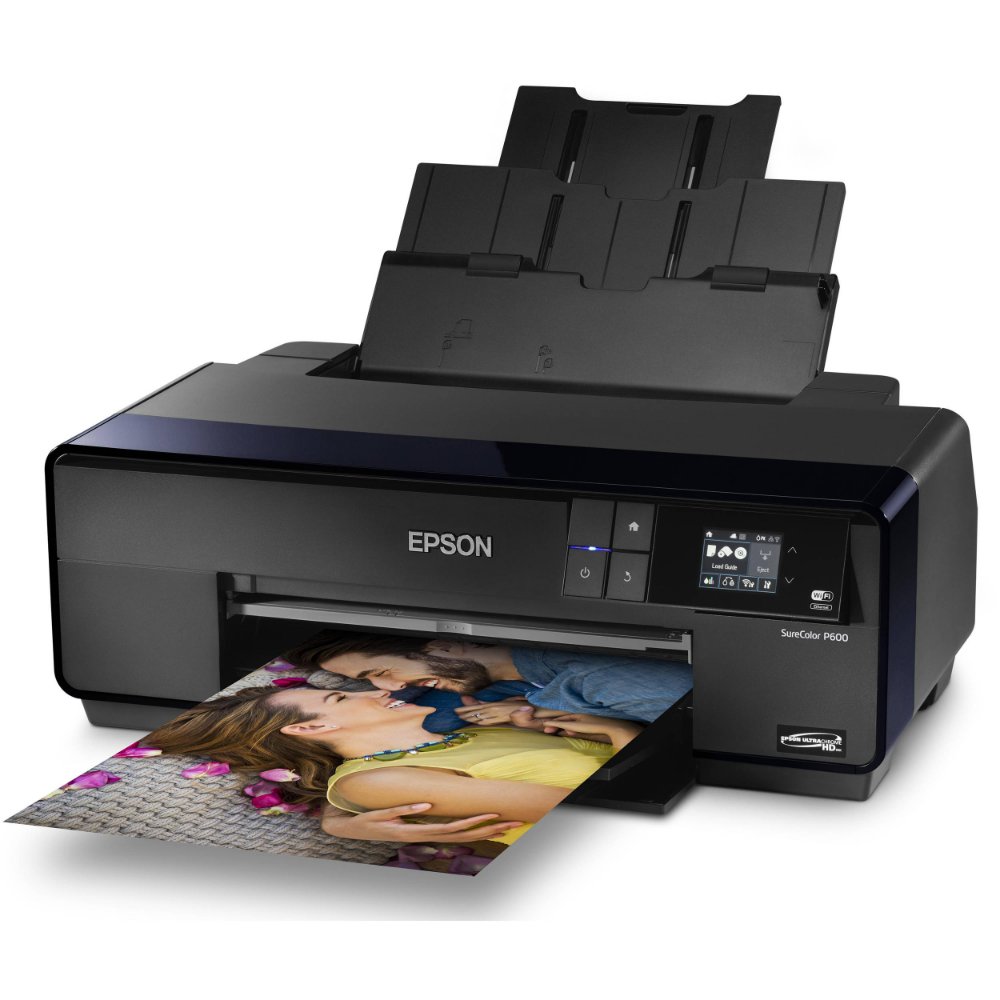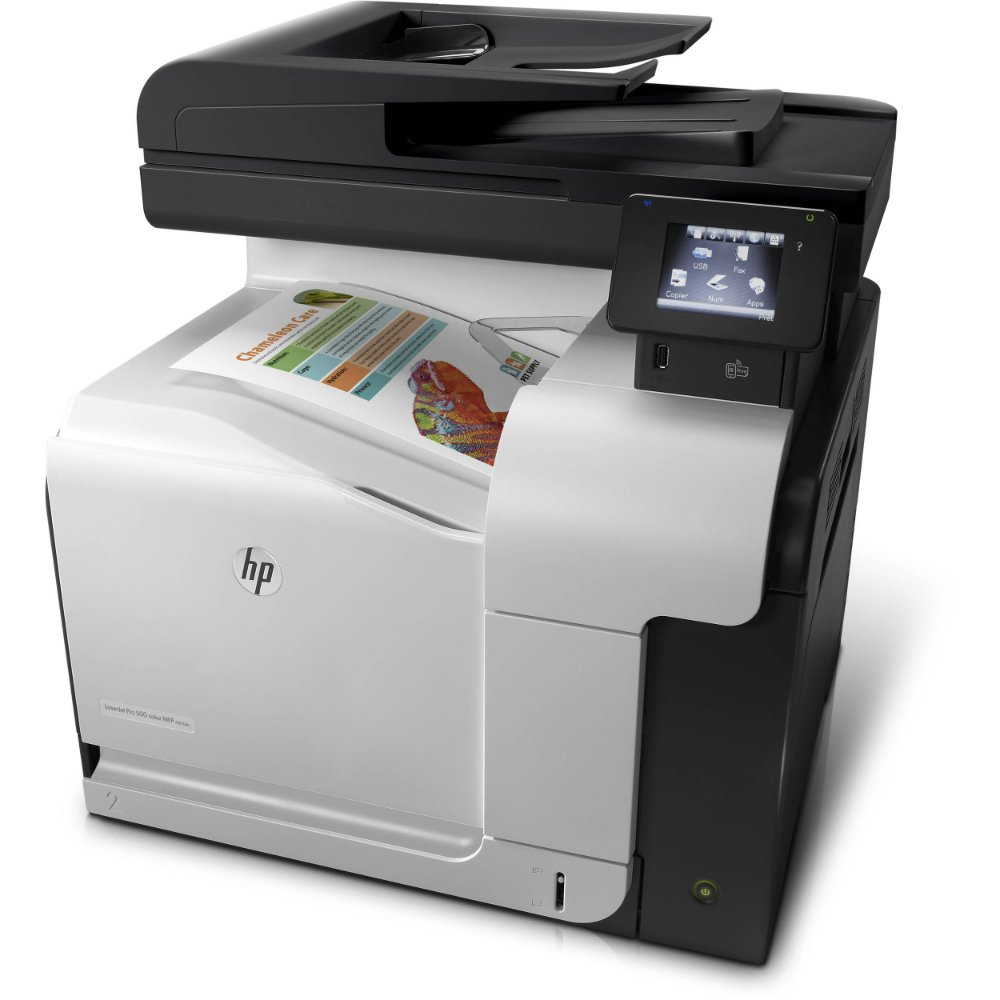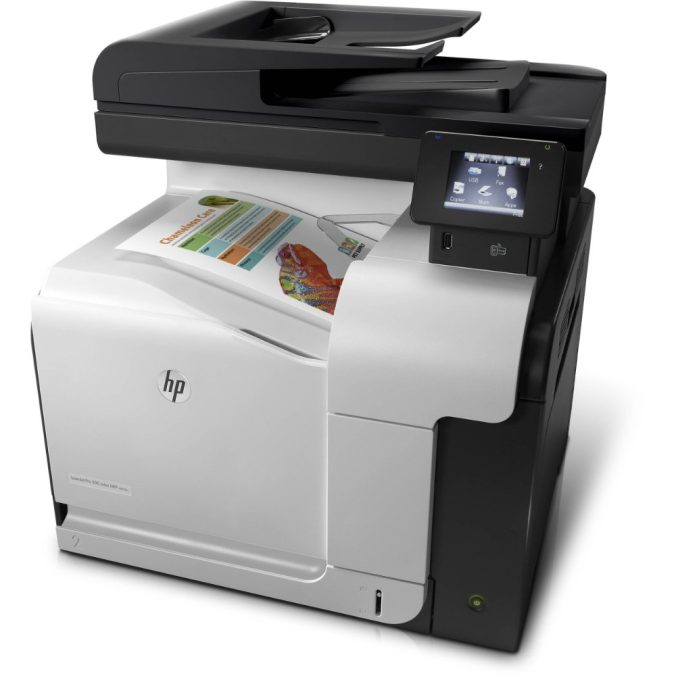Introduction to Printer Technology
How does a printer work? Understanding how printers work is essential for both users and professionals. A printer transforms digital data from a computer into a tangible printout. The process involves a computer sending a document file to a printer, which then prints the content onto paper, bringing digital text and images to life.
Printers come in different shapes and are packed with various features to cater to specific needs. From compact personal printers for home use to high-performance machines for corporate environments, the array of choices is vast. The most critical elements of printers include speed, quality, and functionality.
The core printer technologies can be broadly classified into impact and non-impact types. Impact printers, reminiscent of typewriters, physically strike the paper through an ink ribbon to produce text and images. Non-impact printers, such as inkjets and lasers, do not touch the paper directly. Instead, they use nozzles or lasers to transfer ink or toner onto the paper surface.
Printers have evolved tremendously over time. We have witnessed a transition from the once-prevalent noisy dot matrix printers to the current high-resolution, nearly silent inkjet and laser printers. Advanced printers even allow 3D object printing and are capable of giving form to three-dimensional digital designs.
To stay adaptable, modern printers often include multiple I/O (input/output) interfaces, allowing them to connect with a range of devices. USB and wireless technologies have replaced older parallel and serial connections, providing greater flexibility and easier setup.
As an integral part of modern life, printers are continuously evolving. Features and specifications are constantly being improved to meet the growing demands for efficiency and quality in printing. In the following sections, we will dive deeper into the different types of printers, their functions, and key features that distinguish them.

Types of Printers and Their Functions
Inkjet Printers
Inkjet printers work by spraying tiny droplets of ink onto paper. They’re ideal for home use and for printing photographs which require fine detail. Lower cost and ease of use make inkjets a popular choice.
Laser Printers
Laser printers offer high-speed printing and precision. They use a laser to form patterns of electrostatically charged dots on a drum which attracts toner. Laser printers are great for offices with high print volumes.
3D Printers
3D printers bring digital objects to life. They add layers of material to create three-dimensional figures. This technology is popular in design, engineering, and healthcare for making prototypes and models.
Thermal and Dye-Sublimation Printers
Thermal printers apply heat to produce an image on thermochromic paper. Dye-sublimation printers use heat to transfer dye onto materials, and are good for high-quality photo printing.
LED Printers
LED printers are like laser printers, but use light-emitting diodes. They are reliable and have fewer moving parts, making them suitable for businesses that need to print a lot every day.
All-in-One Printers
All-in-One printers combine printing with scanning, copying, and sometimes faxing. They save space and are convenient for small offices or home offices.
Outdated Printing Technologies
As technology advances, certain devices become relics of the past. Printers have seen this evolution too, with some types falling out of favor due to newer, more efficient models. Let’s explore two outdated printing technologies that were once widespread.
Dot Matrix Printers
Dot matrix printers, known for their distinctive printing sound, were once a staple in offices. They operated by striking a ribbon with pins to transfer ink onto paper. Although they are durable and can print through carbon copies, their low resolution and slow speed have caused them to be replaced by quieter and more sophisticated printers.
Line Printers
Line printers, another form of impact printing technology, printed lines of text at once. They were fast and useful for large volume tasks. However, their lack of graphic printing capability and noisy operation have rendered them obsolete in most modern settings, having been supplanted by quiet and versatile laser or inkjet printers.

Key Printer Features and Specifications
When selecting a printer, several key features and specifications stand out. These features determine the printer’s suitability for various tasks, the quality of the output, and the efficiency of the printer in different environments.
Color Capabilities
Color printing is a vital feature for many users. Printers with color capabilities can produce vibrant and detailed images, ideal for presentations or photos. These printers use a combination of black, cyan, magenta, and yellow inks or toners to achieve a wide color spectrum.
Printer Resolution
Printer resolution is measured in dots per inch (dpi) and affects the clarity and detail of printed items. Higher dpi numbers result in sharper images and text. Most standard printers offer a resolution of 600 dpi, which suffices for regular printing needs.
Printing Speed
The speed of a printer is critical for users with high-volume printing needs. It’s usually calculated in pages per minute (ppm). Faster printers can output more pages in less time, increasing productivity in busy settings.
Printer Memory
Printer memory determines how efficiently a printer can process large files or complex documents. More memory allows for faster processing and handling of detailed graphics without slowdowns. Standard models come with 2-16 megabytes of memory, with options to expand.
Printer Interfaces and Connectivity
Printers have seen significant advancements in the ways they connect to devices.
Legacy Parallel Interfaces
Legacy parallel interfaces, once standard, featured a wide plug with multiple pins. They were bulky and cumbersome, making printer setup tricky. Such connections have now become uncommon due to newer technologies.
Modern USB and Wireless Connections
Modern printers embrace USB and wireless connections for convenience and flexibility. USB interfaces make setup simple and support fast data transfer. Wireless connections, like Wi-Fi and Bluetooth, eliminate wires altogether. They allow users to print from multiple devices, including smartphones and tablets, adding to the printer’s versatility in use.

Understanding Printer Languages
Printer languages are the bridge between your documents and the printed results you hold in hand. They tell the printer exactly what to do and how the final output should look. There are mainly two types of printer languages that have set the baseline for modern printing: PostScript and Printer Control Language (PCL). Let’s delve into these languages and why they matter.
PostScript Language
Developed by Adobe in 1985, PostScript is known for its ability to handle complex printing tasks with ease. It works by using English phrases and programming constructions to describe page layouts, fonts, and graphics. Printers with PostScript support produce consistent and high-quality outputs which are crucial for professional publishing.
Printer Control Language (PCL)
Hewlett-Packard introduced PCL as a simpler printer language that commands printers to perform specific document printing tasks. Unlike PostScript, PCL is an escape code language, meaning it uses a sequence of code numbers initiated by the escape key. PCL is widely adopted for its speed and efficiency, particularly in office environments where high-volume printing is common.
The Role of Fonts in Printing
The visual appeal of printed documents is greatly influenced by the fonts used. A printer’s font capabilities directly affect the readability and style of the printed material.
Resident Fonts
Resident fonts make printing faster because the printer does not need to receive font data with the document. These fonts are also called built-in or internal fonts. Most printers come with a selection of standard resident fonts. However, these cannot be removed or altered as they are part of the printer’s firmware.
Soft Fonts
Soft fonts provide more versatility. They are installed on a computer or a server and sent to the printer with the document. This allows users to print with a vast array of fonts that are not built into the printer. Soft fonts can be downloaded or purchased, offering endless possibilities for customizing document design. Just remember, using soft fonts typically slows down printing because the printer needs to process the additional data.

Leave a Reply